Visit Nature Or Surf The Web To Gain Inspiration Before Setting Up An Aquarium

An aquarium can tie together an area in your living space so take your time planning it out!
One of the best ways to get inspiration before setting up an aquarium is to explore local waterways. Getting out in nature can help show you how the aquatic system functions in many ways like how substrates vary in certain areas of the habitat, how detritus and botanicals are positioned/piled up in places, or even show flora or faunal communities. Another wonderful thing about going out in nature is you can see the whole ecosystem in play from the algae and detritus to the micro and megafauna. Going out into nature can also show you ways of setting up aquariums that you never thought of! Lastly, you get to reconnect with nature and explore new areas. Now sometimes you have a habitat or fish that you cannot visit in person due to many factors. In this instance, I recommend first using Seriously Fish, Biotope-Aquarium, or YouTube. Another amazing place to look is Instagram accounts or hashtags of “biotope,” “botanical method,” or “blackwater” which are great starting points. The process of gaining inspiration is a critical part of setting up an aquarium. If you are not inspired or have directions for your fish tank, then you can run into issues down the road of not appreciating or even wanting to keep the aquarium running (trust me I know this). Again, investigate where the fish live, think about substrate, hardscape, plants, or sympatric fish (species that live in the same habitat) that you could add if you have the space. Another thing to dive into is the water parameters like pH, Kh, temperature, turbidity, and flow to name a few. It will save you money and headaches if you go in with a plan before diving into setting up aquariums on the fly!
Planning and Supplies When Setting Up An Aquarium
Now you have an idea for your next fish tank, the next steps are getting the tank size and equipment you need for the inhabits. I will not touch on aquariums/equipment here due to the vast array of different tanks and equipment available (you can research what works for you)! I will say though if you have a tank or equipment in mind to go for that and not compromise, you will thank yourself later. After sorting how the equipment the next step is hardscape and botanicals. Now the hardscape will be dependent on which habitat you select. A river tank will most likely have rocks and little to no wood, a lake or slow stream will have wood and maybe some botanicals too. Speaking of selecting botanicals, I find this to be the most enjoyable part of making aquariums. You can do this in two ways, collecting your own botanicals or buying them from online botanical vendors.

Winter is a wonderful time to get dead leaves from trees in the Northern Hemisphere, especially oaks!
Collect Botanicals Before Building Your Ecosystem
- You must get permission to collect botanicals if you enter private land. NEVER collect State or National Parks, Scientific Areas, or Protected areas. Doing so can result in the destruction of local ecosystems as well as fines and/or legal actions considered fitting.
- A quick side note: Only collect reasonable amounts and spread-out collection to multiple plants.
- Find a place that never gets sprayed by any type of chemicals. Getting these in your aquarium can have dire results for livestock.
- Know what you are collecting! Learn the plants of your area to avoid toxic/sappy plants (I.E., conifers) or rare plants, I recommend using Seek by iNaturalist which lets you take a picture, and you can get a rough ID of the plant in question from that picture.
- Only collect fallen materials of botanicals. Leaves, sticks, and seed pods still attached to the plant have excessive sugars and moisture that can spoil water or mold in storage.

It’s like Christmas day opening a box of botanicals from BettaBotancials
Online Botanical Vendors For Aquarium Supplies
My go-to online vendor hands down has to be BettaBotanicals, just the quality of the product you get as well as the focus on sustainability is particularly important to me. Not to mention the fantastic variety of botanicals from around the world with new products coming in through “Fresh From The Forest” or the “Limited Edition Botanicals". You get the best of the best, speaking of the best of the best. BettaBotanicals has formulated a perfect way to have tint on demand with BettaTea, simply throw in 1 tea bag per 5 gallons and tint away! Super convenient for post-water change tints or just re-upping your desired tint level. After I select my botanicals/wood, I prep them for aquarium use (link botanical prep guide too?) which entails boiling, draining, and rinsing the botanicals before aquarium use.

Substate of CaribSea Sunset Gold sand, Texas blonde clay, coco fibers, tree-fern fiber, and leaves
Let’s Fill that Aquarium Up!
All right so now you have your idea, the tank, equipment, substrate, and botanicals so let's get to setting up and filling it up! First and fore-more I start with reviewing my habitat/idea and may even do a mock dry scape for a day or so before I fully commit to the idea. Afterward, I focus on my substrate layer. Personally, the substrate is THE MOST IMPORTANT aspect of botanical aquariums, it is the foundation of all the biological processes that happen in setups. Not only can a substrate complete the look of a habitat, but it can supply fuel for bacteria or microfauna to flourish and can even be good for plants if clays and such are added. I will usually take silica-based sand like Sunset Gold by CaribSea and start building it up with other substrates. Depending on the environment I will add other sands, gravels (more fast-flowing setup), or coco, tree-fern fibers (slow-flowing setups). Clays are another one to get a nice natural sedimented substrate look but that can also keep the water turbid if constantly disturbed. Next, you can crush up some leaves/barks and mix those into the substrate for a natural look. After the substrate, I add in my hardscape and fill up my tanks with RO (Reverse Osmosis) or RODI (Reverse Osmosis/De-Ionized) water. The reason is that RO/RODI lacks many or all the extra minerals or chemicals added to many local water supplies. It also gives you a clean start to have the botanicals reduce pH and Kh. Now sometimes I will add in some plants at this point if I see them fit into the habitat or aquarium setup. Most of the time I choose lower light plants (java fern, mosses, crypts, anubias, some vals) that can tolerate the stained waters or floating plants are great and even add in cover for your fish to help them feel secure. I tend not to fertilize much if at all in a botanical tank, the substrate mixed with a detritus layer provides a lot of the nutrients need to grow lower light in plants. Low-light plants tend not to grow as fast so they will not suck up nutrients as fast. Lastly, I will drop in my botanicals and let them naturally fall into place with minor adjustments when needed and then I wait. If you add in botanicals AFTER adding in fish do so SLOWLY, like 5 leaves and 2 seed pods per week to let the system acclimate to the botanical additions.

While ominous looking this biofilm disappeared a week later and never returned
Patience Is The Hardest Part To Learn When Setting Up An Aquarium
The first month of your botanical method aquarium will have many mental shifts and learning curves to get a hang of, but once learned you have a fully functioning ecosystem. First and most importantly when working with sedimented substrates is that your water will be cloudy for longer periods, and you may have some botanicals float. Not to worry, you can either re-boil the botanicals or scoop them out. I recommend using filter floss to catch suspended particles if you do not like cloudy water or just leave it be and have a more natural turbid water look. Doing consistent water changes the first month or so is another huge thing you can do to help stabilize and establish your ecosystem. Usually, 10-15% water changes once or twice a week on new setups are what I do. After the first couple weeks, you will start to see fuzzy or stringy growths on your botanicals DO NOT PANIC. Do not try and siphon them out, those are biofilms which are the center of activity for microfauna and bacteria and while they may not look pretty, they are keystone elements to a successful and long-running botanical method setup. They will eventually go away so try not intentionally remove them, I notice around 2-3 months after setup the biofilms stabilize. After 4-6 months (depending on a few factors) you will start to notice botanicals breaking down and detritus forming. As tempting as it would be to siphon the detritus during a water change DO NOT touch the substrate, this again is a major biological filtration point in your ecosystem and if you mess with the substrate you mess with a major filtration point. I will add in new botanicals as I see fit during this time and moving forward. After adding in new botanicals episodes of biofilms are normal but this time they do not last as long and usually disappear in a few days to weeks.

Sometimes fish and invertebrates do not get along like this cherry shrimp and sparkling gourami
How To Pick Fish, Shrimp, or Snails When Setting Up An Aquarium
Another thing to consider is to build your ecosystem from the bottom up. Substrates and biological fuels for biofilms and bacteria were already touched on earlier. Next, you can introduce cultures of microfauna to build up and establish the food webs in your setup. I tend to do this around the 1–2-month period after the tank has cycled and a substantial portion of the biofilms subside. Carolina Biological is the go-to place for these cultures and they have everything from paramecium to copepods to even amphipods. Now after a couple of weeks post culture introduction I will start to add in fish, usually I wait so the microfauna can establish before adding fish. I will start with a small group of the desired fish and work my way up to my full stocking goal. Going too fast can throw off the bacteria and cause water parameter fluctuations which can setback or ruin your ecosystems. Post-fish introduction you may notice biofilms appearing again, but as stated before this is normal when new fish or botanicals get added and they will subside soon.
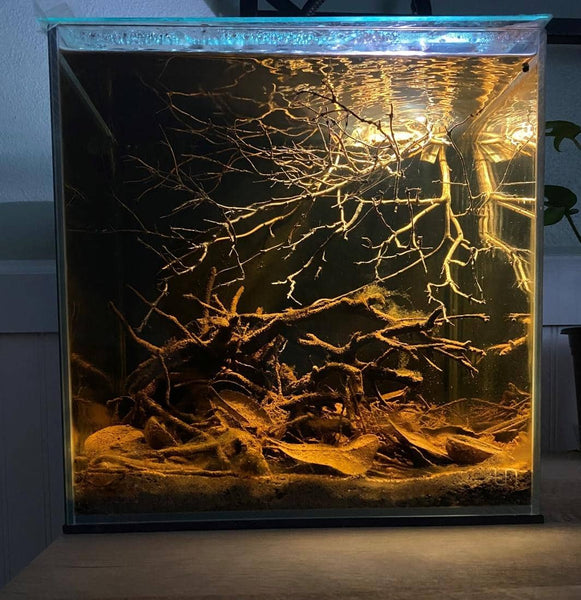
After adding in a few Honeysuckle branches this scape came together
How Do You Know It's Time To Restart An Aquarium?
There comes a time when every aquarium can seem to lose the magic it once had. Sometimes it can be the natural process of botanicals breaking down, plants overgrowing, fish not fitting in, or just losing interest in the setup. Before you disrupt the whole ecosystem, you worked so hard to build, I challenge you to first try little fixes. Take out some plants, add some plants, and switch up the fish/invertebrate stocking. A little note on removing or adding plants in an established botanical aquarium. When removing plants do so with as little effect on the substrate as possible and after removing/adding plants I would do a water change right after to help with possible water chemistry fluctuations. Those are just some little things that do not alter the ecosystem. If you want to try out a different habitat type you can keep the substrate most of the time, just swap out some hardscape or even adding or removing certain botanicals can alter the whole look of a habitat. If you have tried all of these and still feel like you need to have a hard reset then do it, go ahead and restart. I cannot stress enough that you know what is working and what isn’t, move on to innovative ideas if you want. No reason to keep an aquarium around if you are not in love with it, but I still challenge you to try and do small fixes before starting over.
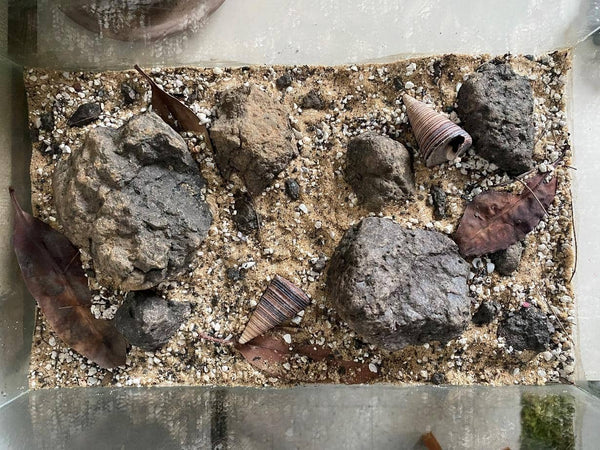
Sometimes great ideas are just that ideas and they never come to fruition
The Life and Death of Setting Up An Aquarium
I hope this article sheds some light on how you can give life to your aquarium from start to finish. Remember that you could make small tweaks to existing setups if you had ideas for new habitats or if you are not feeling the setup just tear it down and restart. Just like in nature, aquariums have a life and death so enjoy your setups and start over if you think it is time for your ecosystem to be reborn.
This blog has been written and produced by Calvin Darling. Cal is a #TanninBae Brand Ambassador for Betta Botanicals and has been building botanical, blackwater, reef, and brackish water aquariums for 5+ years. You can view Cals amazing setups on his Instagram Account @cd_scapes.

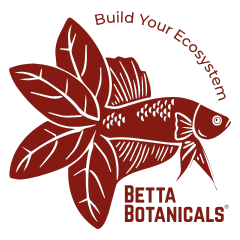
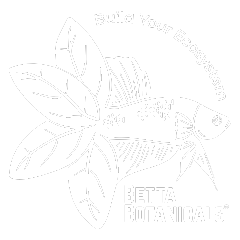



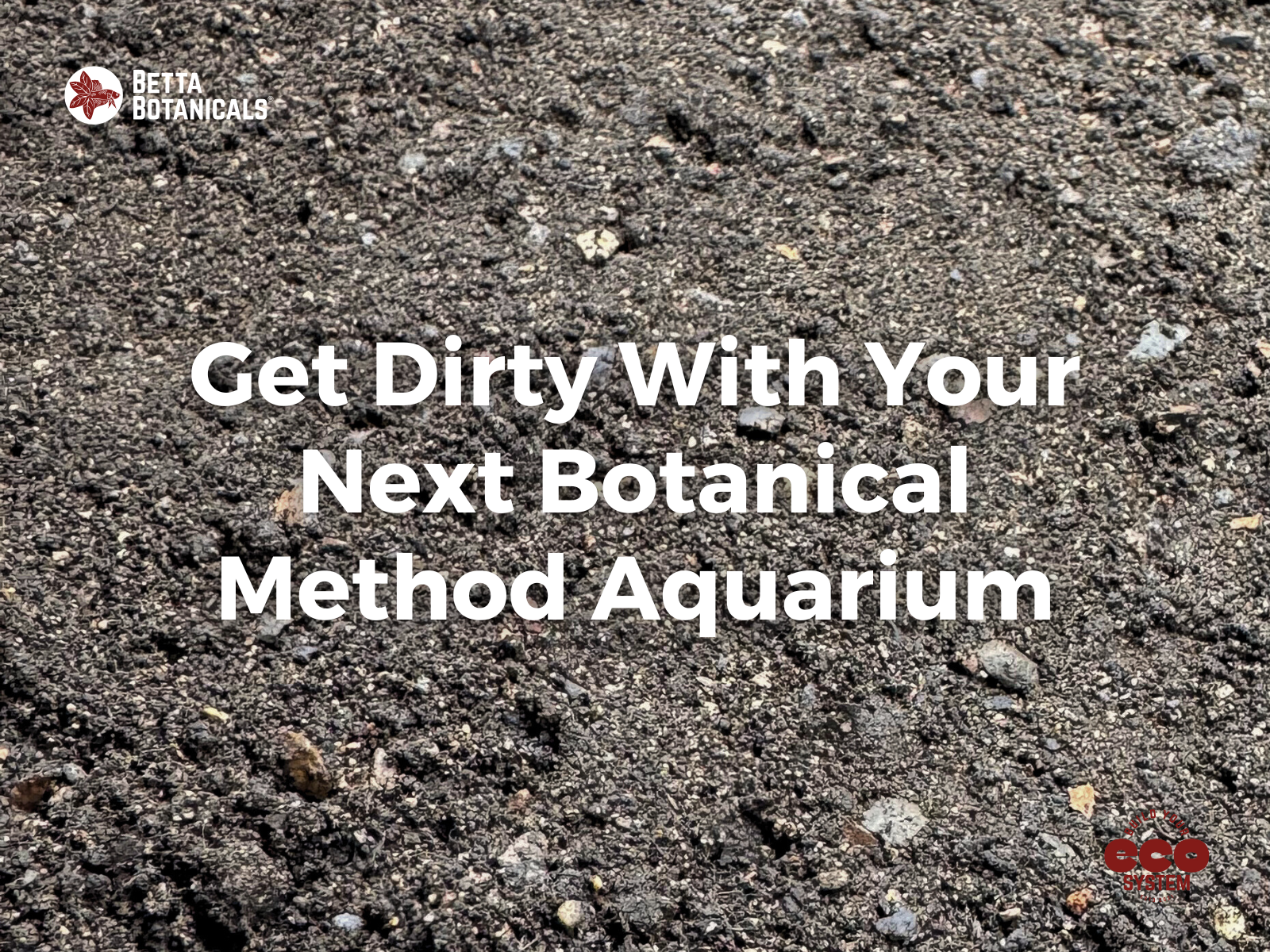
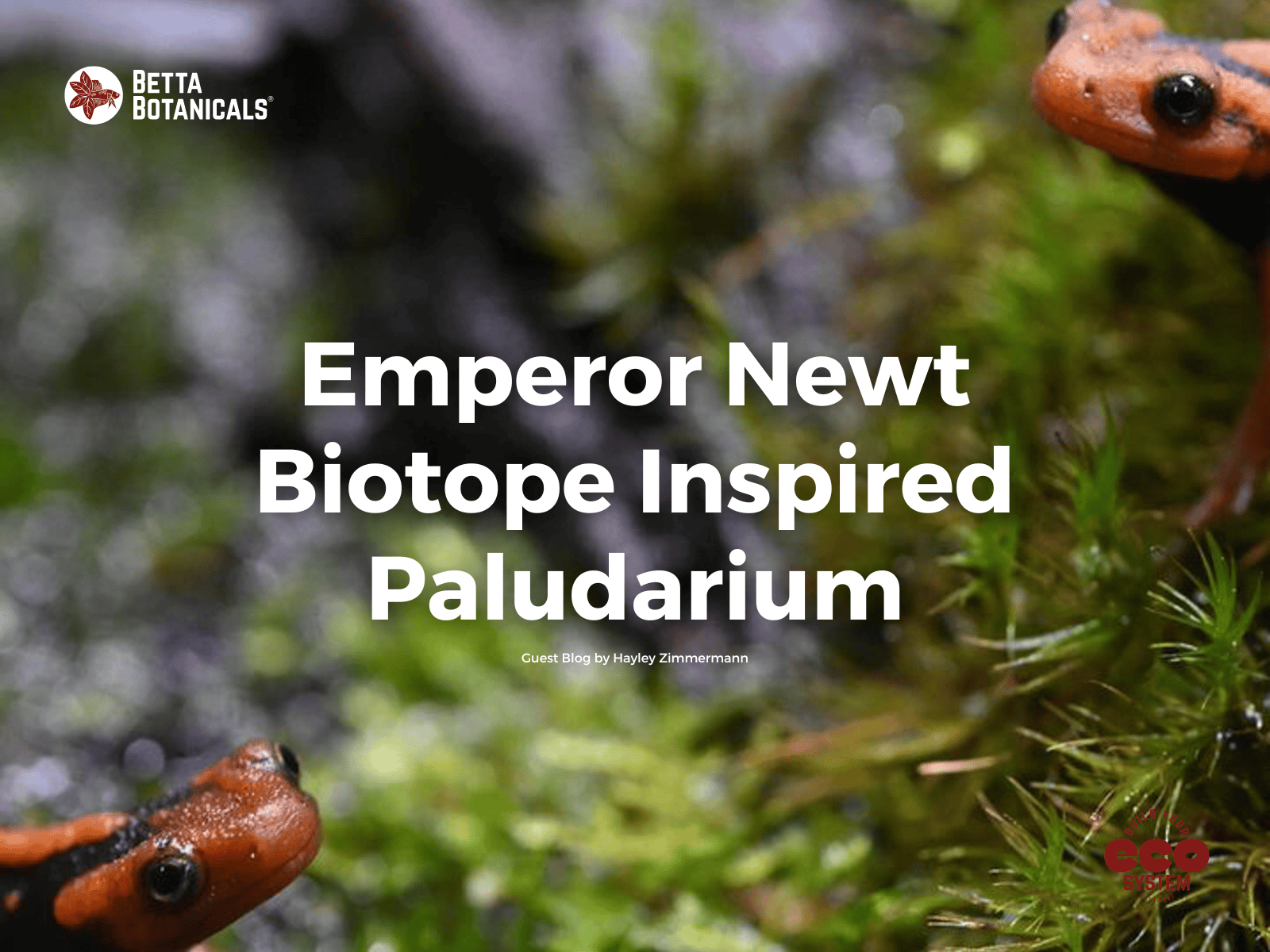
Inspire your friends:
Macaranga Leaves for Indonesian Blackwater Biotope Aquariums
Aquarium Biofilms - The Good, The Bad, And The (NOT) So Ugly